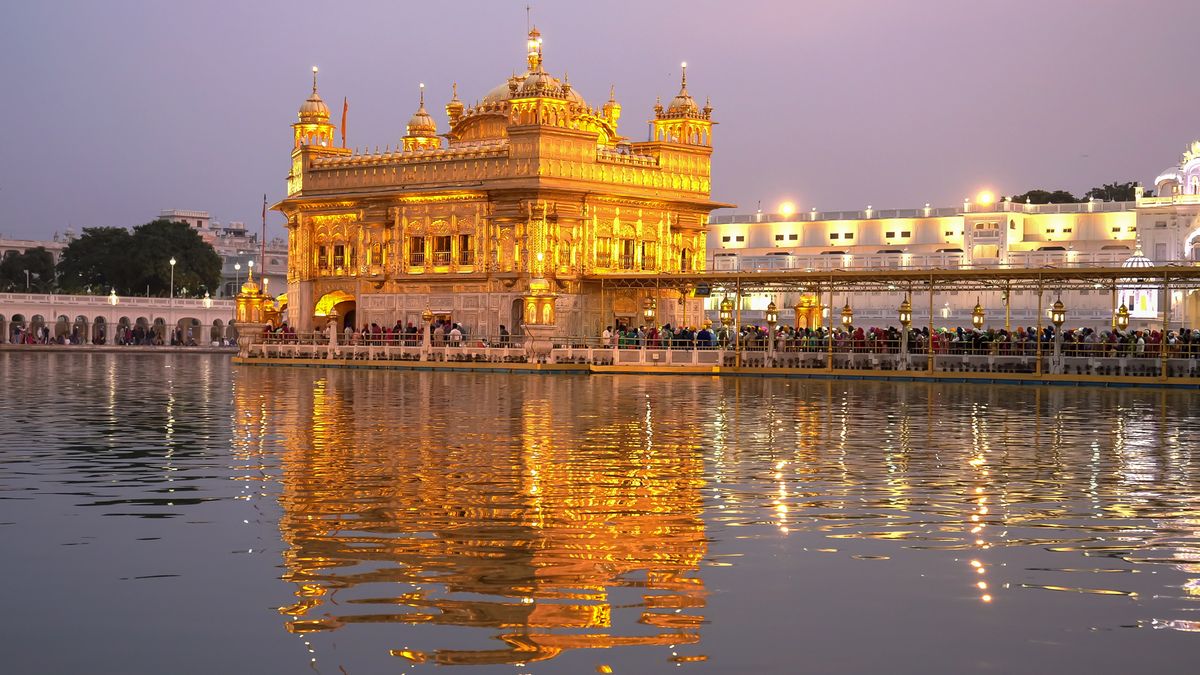See all Museums in Krakow
Travelers also viewed these places similar to WALK 8: From a slightly different angle…
If you have been to WALK 8: From a slightly different angle…, share your experience
Review this placePlaces to visit nearby
- Kosciuszko's Mound (Kopiec Kosciuszki) (0 km)
- Hill of the Blessed Bronisława (0.6 km)
Places to eat nearby
- Piri Piri (1 km)
- Trattoria Pergamin (1.2 km)





